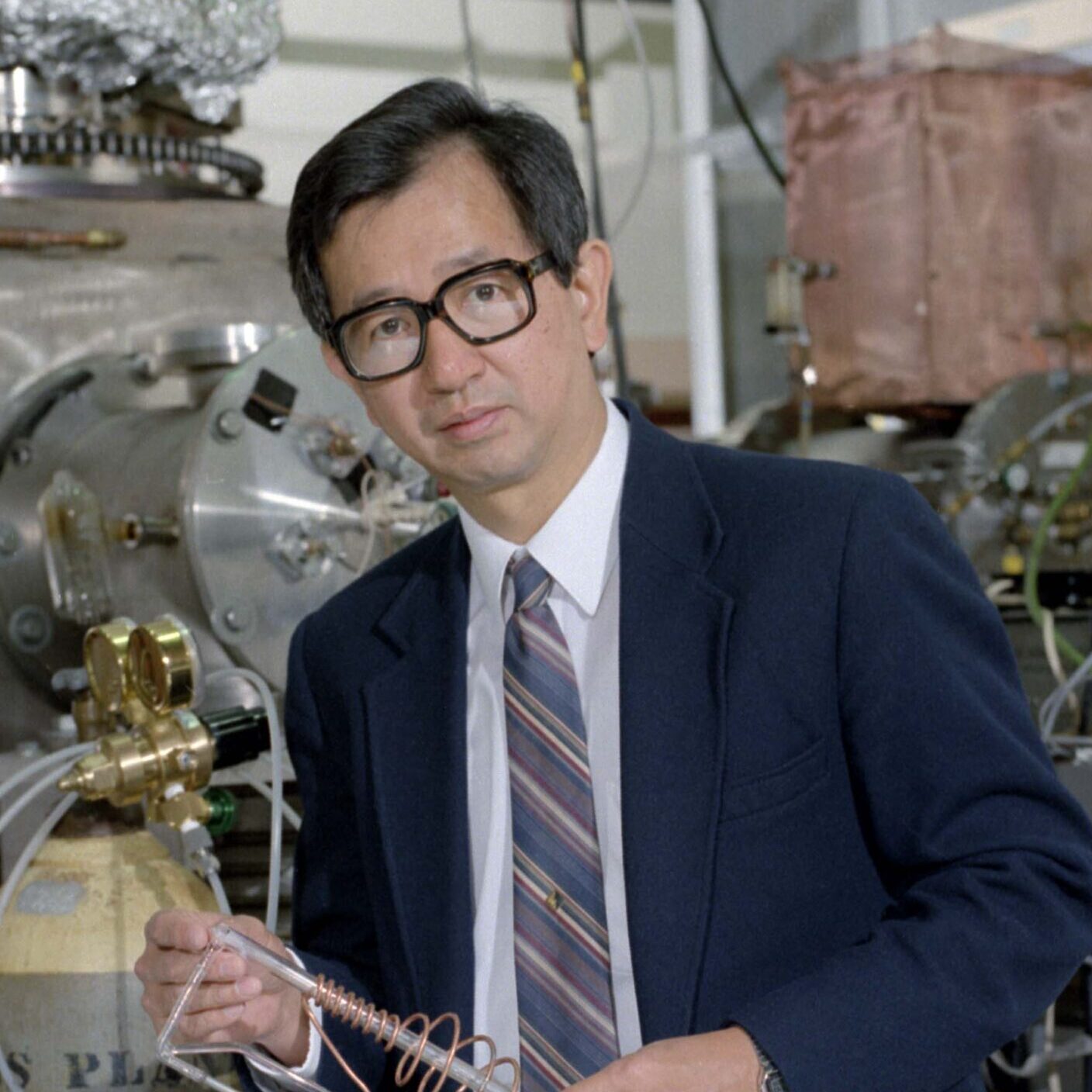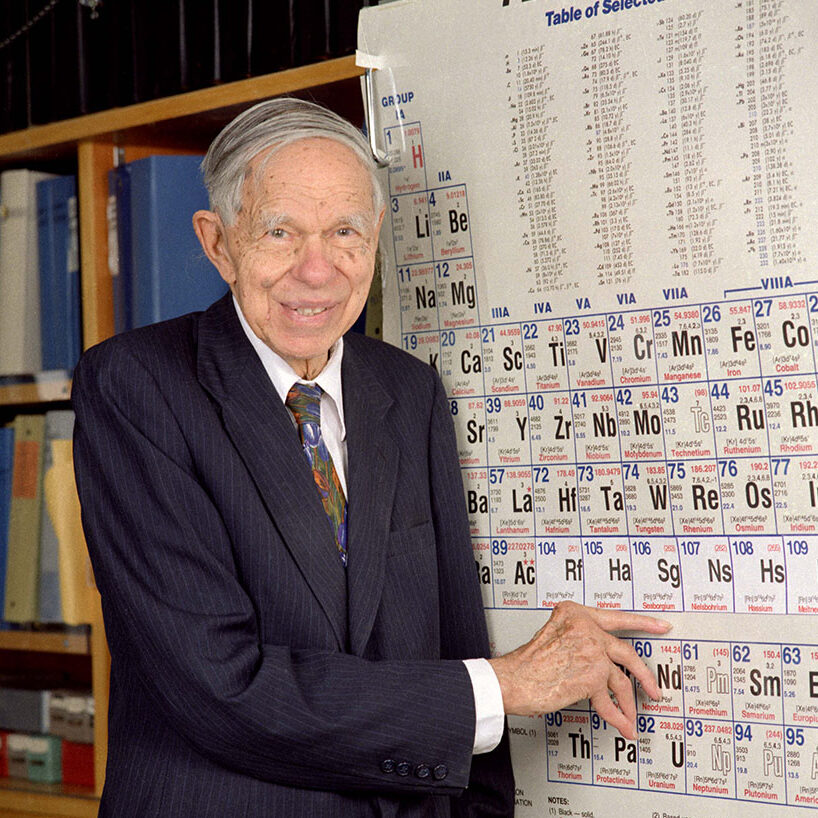
- Physics
- 2025
John Clarke, a former Berkeley Lab scientist, is co-winner of the 2025 Nobel Prize in Physics for the discovery of macroscopic quantum mechanical tunnelling and energy quantisation in an electric circuit. He shares the Nobel Prize with Michel H. Devoret and John M. Martinis.

- Chemistry
- 2022
Carolyn Bertozzi, a former Berkeley Lab scientist and Molecular Foundry director, is co-winner of the 2022 Nobel Prize in Chemistry for the development of click chemistry and bioorthogonal chemistry. She shares the Nobel Prize with Morten Meldal and K. Barry Sharpless. She is the eighth woman to be awarded the prize.

- Physics
- 2022
Former Berkeley Lab scientist John Clauser shared the 2022 Nobel Prize in Physics with Alain Aspect and Anton Zeilinger for experiments with entangled photons, establishing the violation of Bell inequalities and pioneering quantum information science. Clauser conducted this research in the early 1970s with the late Stuart Freedman.

- Chemistry
- 2020
Biochemist Jennifer Doudna, a UC Berkeley professor and Berkeley Lab faculty scientist, is co-winner of the 2020 Nobel Prize in Chemistry for her co-discovery of CRISPR-Cas9, a groundbreaking genetic engineering technology. She shares the Nobel Prize with Emmanuelle Charpentier. Together, they form the first all-woman research team to win a Nobel Prize.

- Physics
- 2011
Berkeley Lab astrophysicist Saul Perlmutter shared the Nobel Prize in Physics with Brian P. Schmidt of the Australian National University and Adam G. Riess of Johns Hopkins University for the discovery — using observations of distant supernovae — that the expansion of the universe is not slowing down, as anticipated, but in fact is accelerating.

- Peace
- 2007
Twenty-three Berkeley Lab employees were contributors to reports by the United Nations’ Intergovernmental Panel on Climate Change, which shared the Peace Prize with former Vice President Al Gore. Their work alerted the world to humanity’s role in causing climate change and urged countermeasures to prevent, in the words of the Norwegian Nobel Committee, a crisis “threatening the basis of human life.”

- Physics
- 2006
Smoot shared the Nobel Prize in Physics with John C. Mather of the NASA Goddard Space Flight Center for their discovery of subtle irregularities in the cosmic microwave background radiation, the faint thermal afterglow from the Big Bang. These irregularities are thought to have led to the condensation of matter into gas clouds, stars, and galaxies as the universe expanded.

- Physics
- 1997
Chu shared the Nobel Prize in Physics with Claude Cohen-Tannoudji of École Normale Supérieure and William Daniel Phillips of the National Institute of Standards and Technology for their development of methods to cool and trap atoms with laser light, enabling more precise study of individual atoms and the design of more accurate atomic clocks. Chu was Berkeley Lab’s director from 2004 until 2009, when he was appointed U.S. Secretary of Energy.

- Chemistry
- 1986
Lee shared the Nobel Prize in Chemistry with John C. Polanyi of the University of Toronto and Dudley R. Herschbach of Harvard for their contributions to the development of reaction dynamics, the study of the detailed events that occur among colliding molecules during extremely fast chemical reactions.

- Physics
- 1968
Alvarez was awarded the Nobel Prize in Physics for his contributions to elementary particle physics, particularly for his discovery of “resonance states” within the nucleus of an atom. Alvarez and his geologist son, Walter, were first to find evidence that an asteroid impact 65 million years ago was responsible for the extinction of dinosaurs.

- Chemistry
- 1961
Calvin was awarded the Nobel Prize in Chemistry for “his establishment of a sequence of chemical reactions involved when a plant assimilates carbon dioxide.” The Calvin cycle, as it is known today, is a key step in photosynthesis — the conversion of light, carbon dioxide, and water into plant sugars.

- Physics
- 1960
Glaser was awarded the Nobel Prize in Physics for his invention of the bubble chamber. The device is used to trace the tiny bubble tracks of subatomic particles created by the collisions of charged atomic particles from accelerators.

- Physics
- 1959
Segrè and Owen Chamberlain shared the Nobel Prize in Physics for their discovery of the antiproton, a component of antimatter created by collisions of atomic particles in accelerators. An antiproton is identical to a proton, except that its electric charge is negative instead of positive.

- Physics
- 1959
Chamberlain and Emilio Segrè shared the Nobel Prize in Physics for their discovery of the antiproton, a component of antimatter created by collisions of atomic particles in accelerators. An antiproton is identical to a proton, except that its electric charge is negative instead of positive.

- Chemistry
- 1951
McMillan and Glenn T. Seaborg shared the prize for their discoveries in the chemistry of elements that are heavier than uranium. McMillan discovered the first, neptunium, and developed the synchrotron, the type of particle accelerator used in the discovery of 19 others. Seaborg was co-discoverer of plutonium and nine other transuranium elements.

- Chemistry
- 1951
Seaborg and Edwin McMillan shared the prize for their discoveries in the chemistry of elements that are heavier than uranium. McMillan discovered the first, neptunium, and developed the synchrotron, the type of particle accelerator used in the discovery of 19 others. Seaborg was co-discoverer of plutonium and nine other transuranium elements.

- Physics
- 1939
Berkeley Lab’s Nobel tradition began when Lab founder Lawrence won the 1939 Nobel Prize in Physics for his invention of the cyclotron. Lawrence was a 28-year-old assistant professor, recently recruited to UC Berkeley from Yale, when he envisioned the circular device capable of accelerating nuclear particles to extremely high speeds without the use of high voltage. Small enough to hold in his hands, the original cyclotron ushered in the era of giant “atom smashers” housed under domes here and at particle physics laboratories around the world. Cyclotrons set off a whirl of discovery at Berkeley Lab that included new elements, isotopes, subatomic particles, and the birth of nuclear medicine. His Nobel Prize medal is on exhibit at the Lawrence Hall of Science, a science education museum established in his honor on the hill just above Berkeley Lab.
